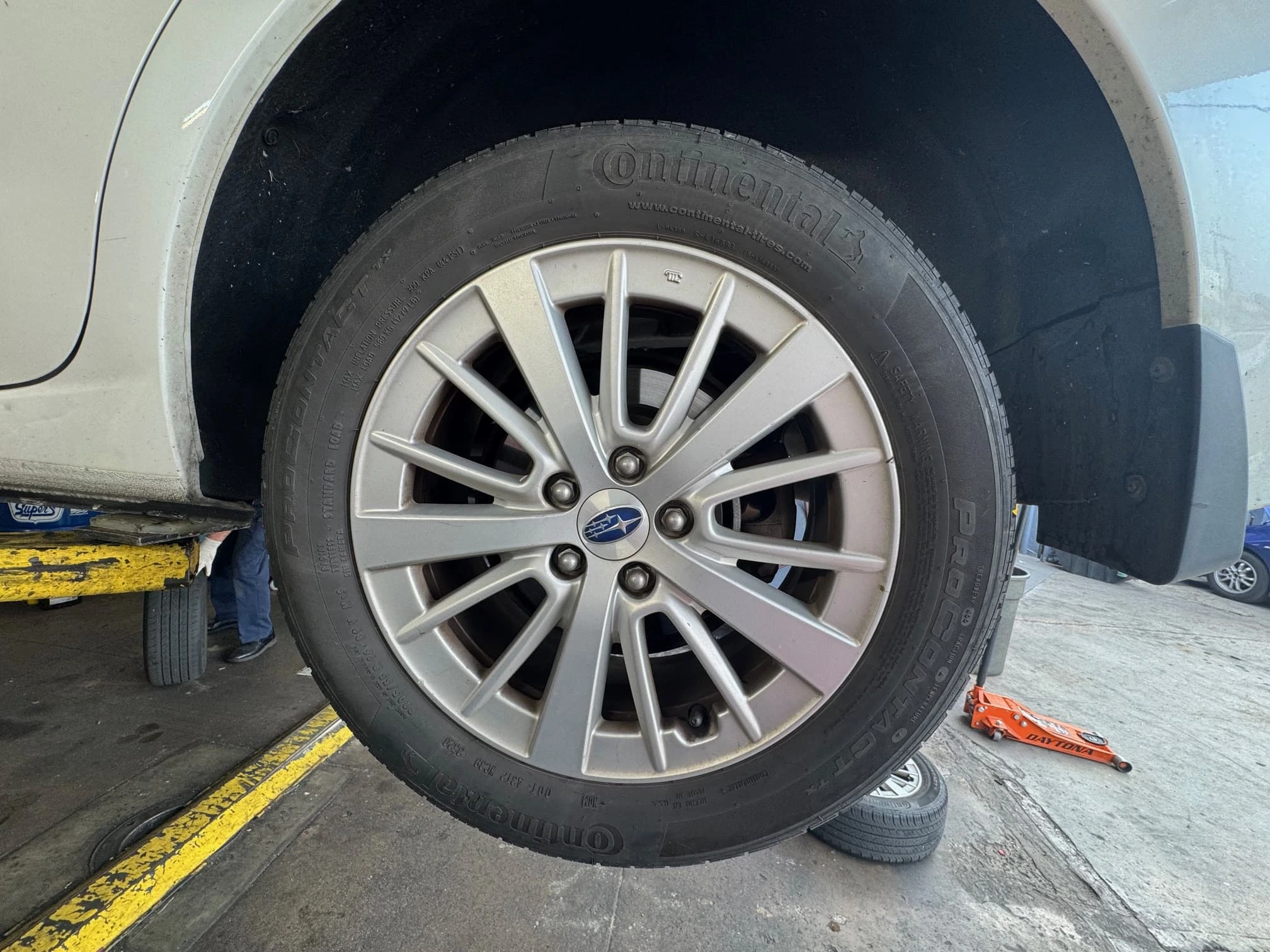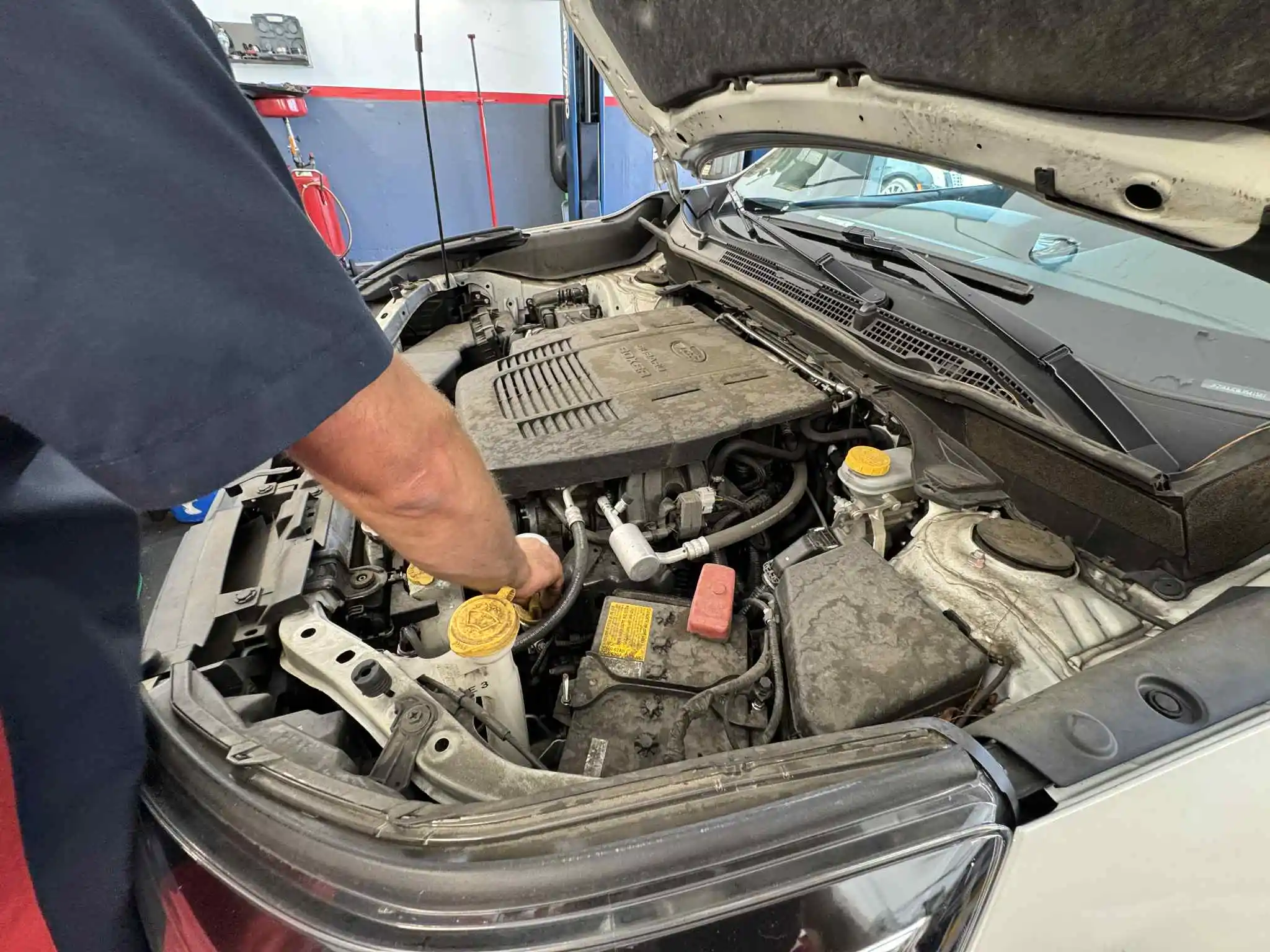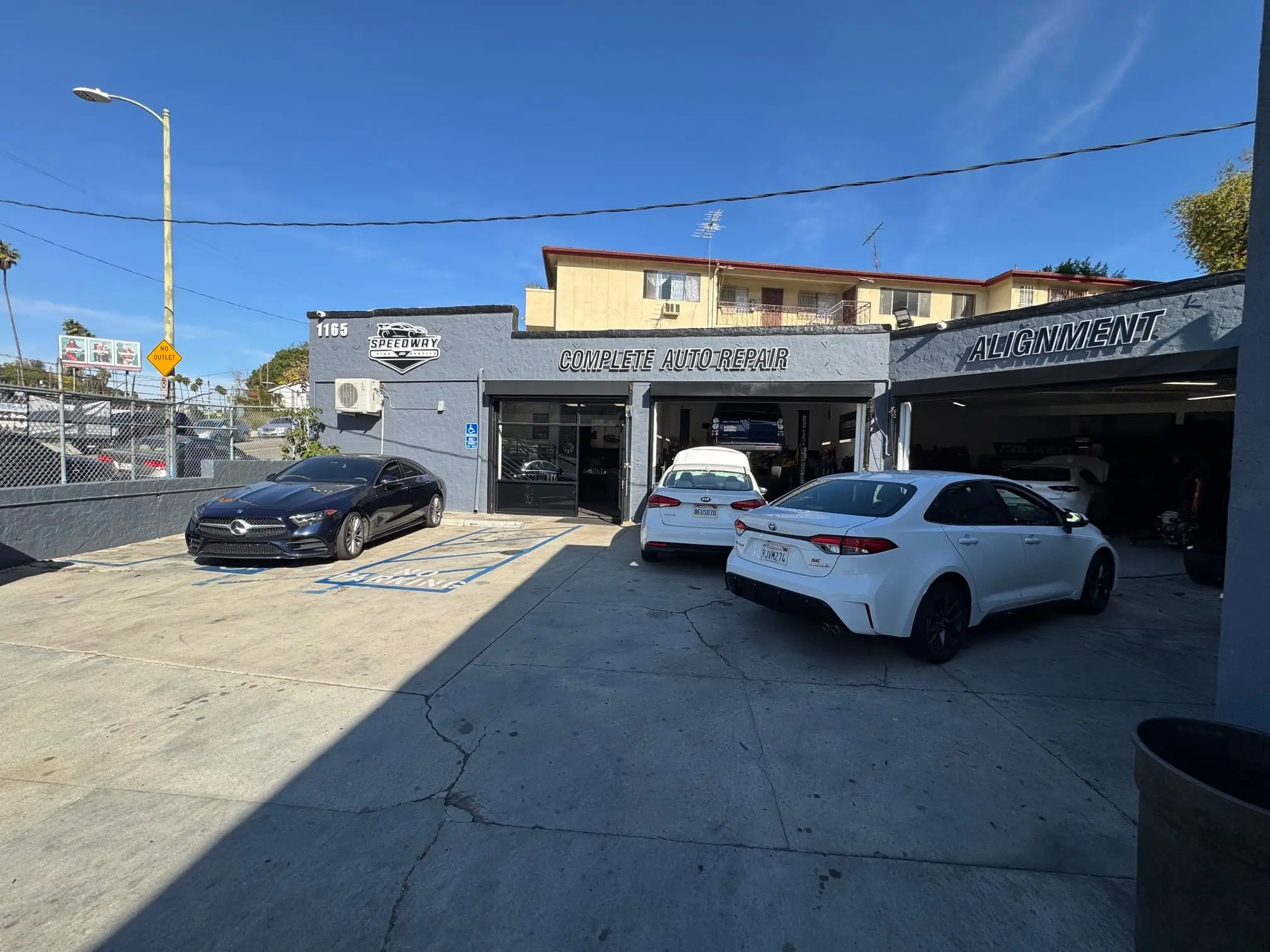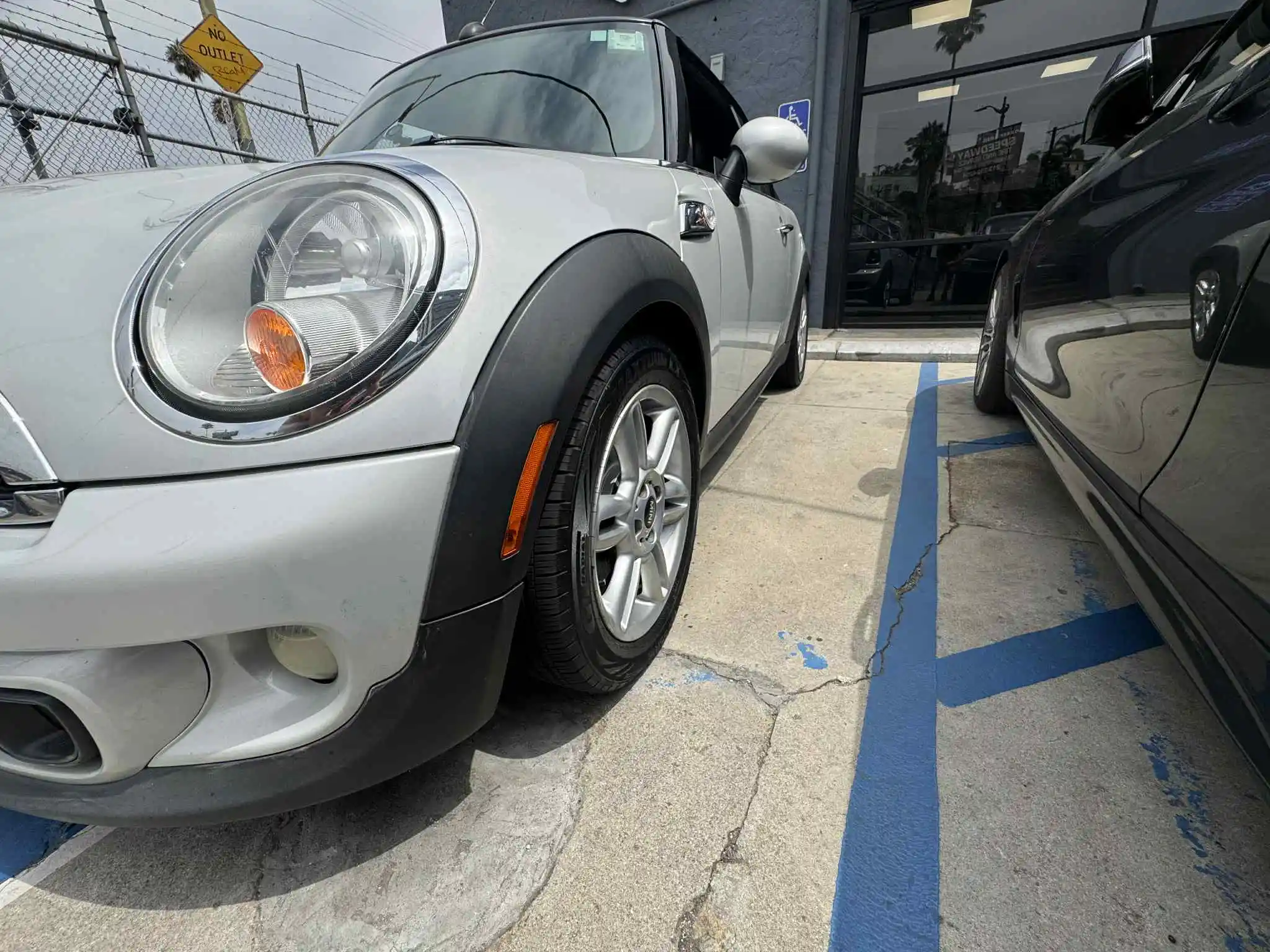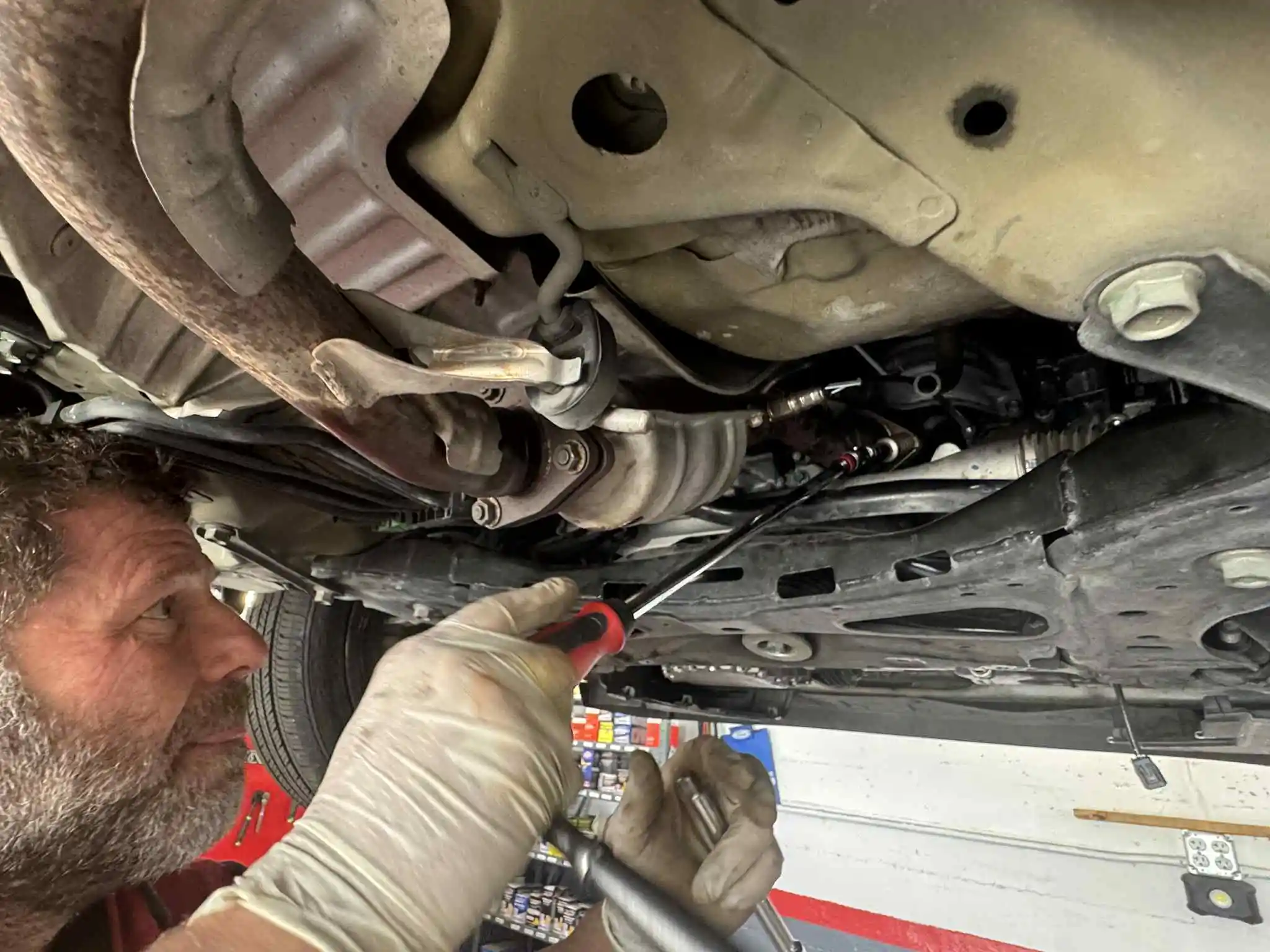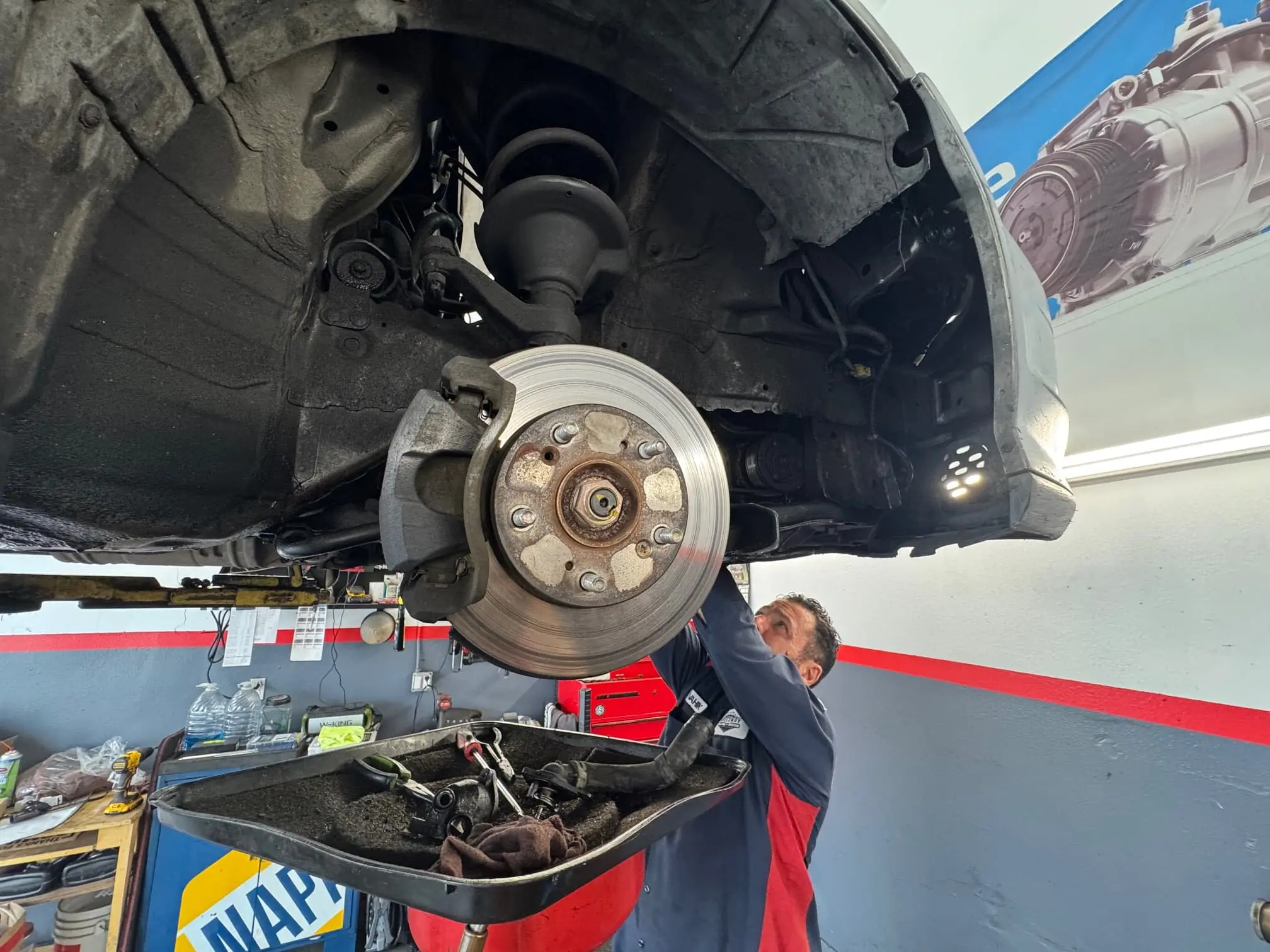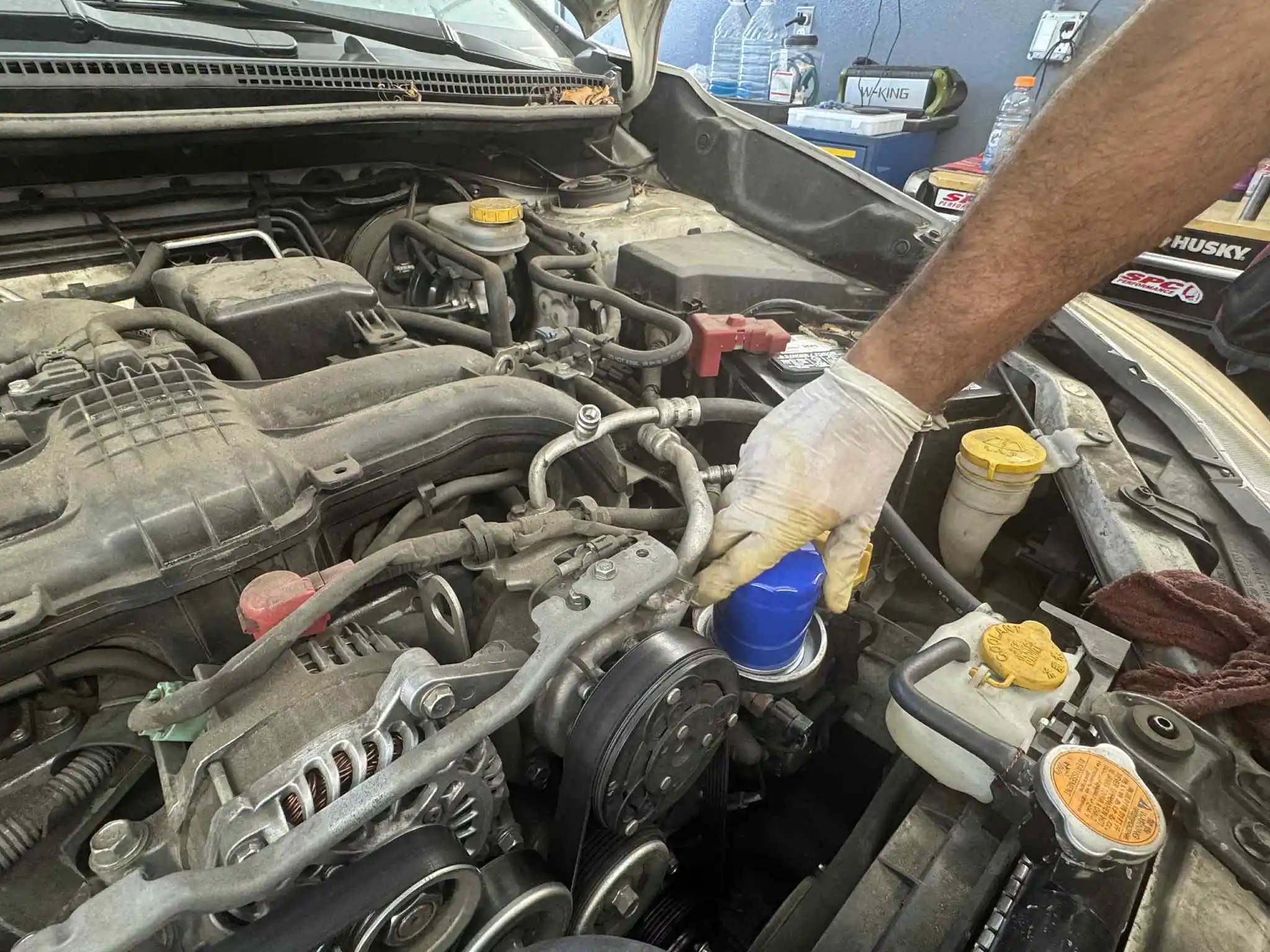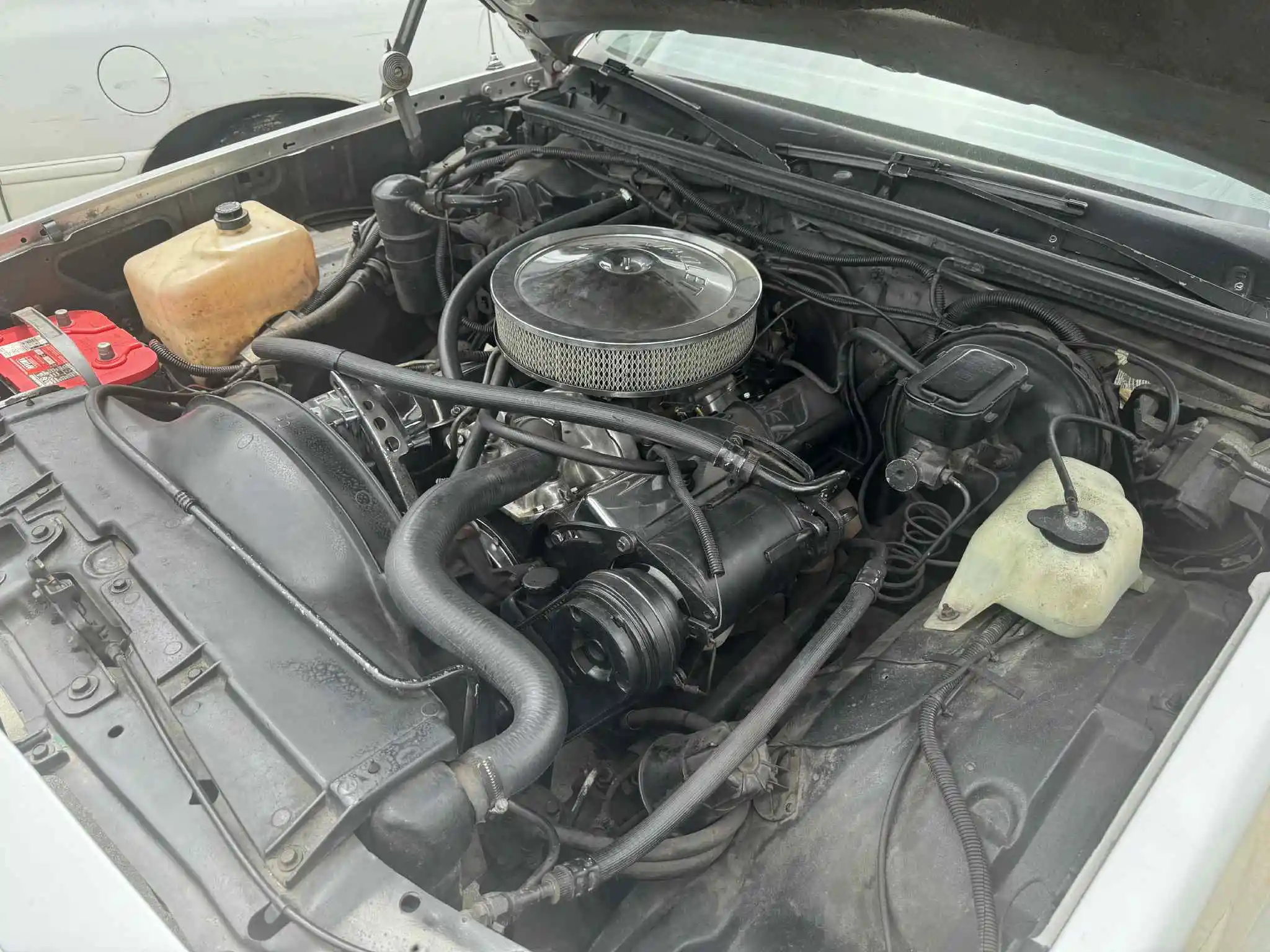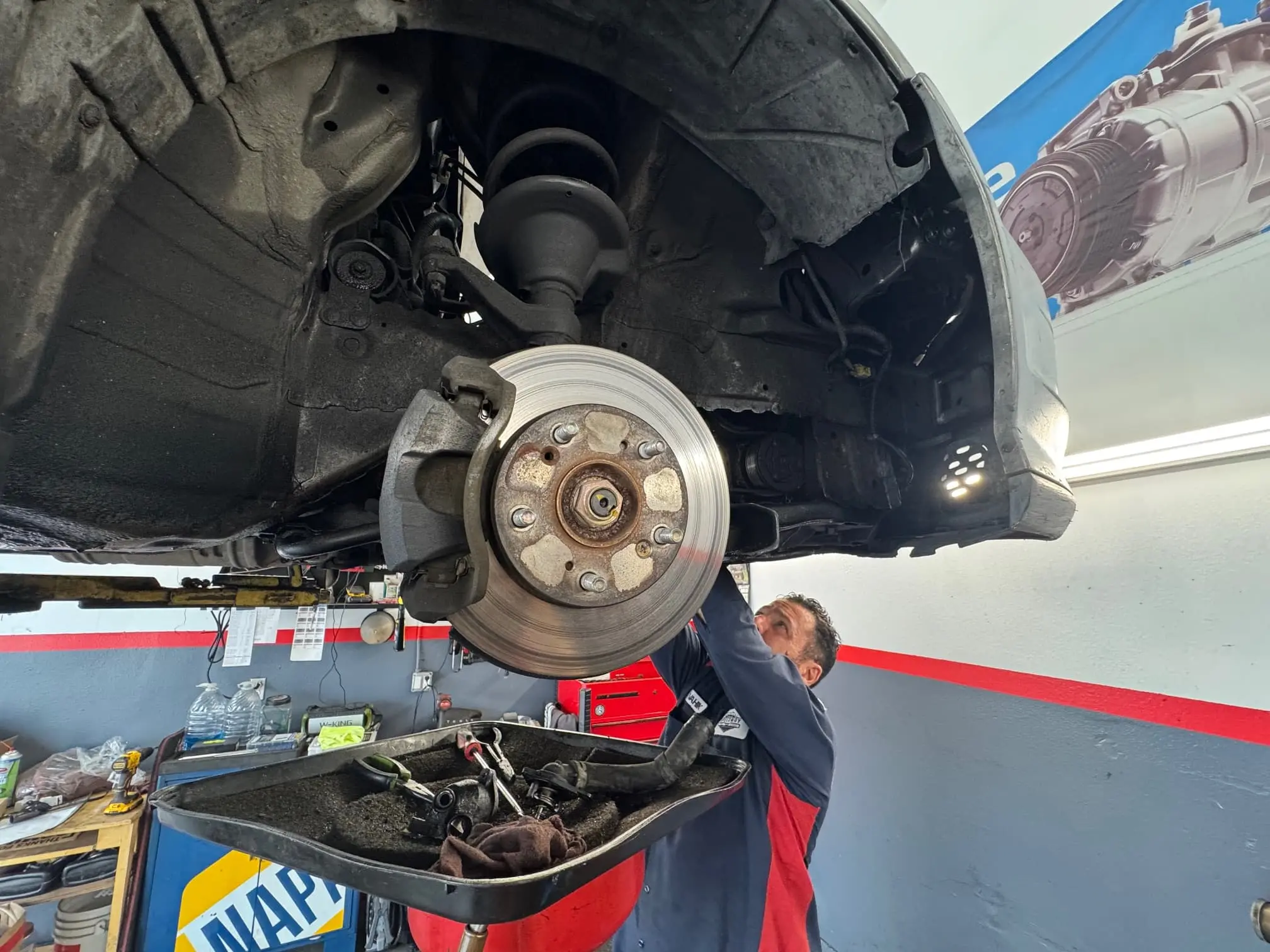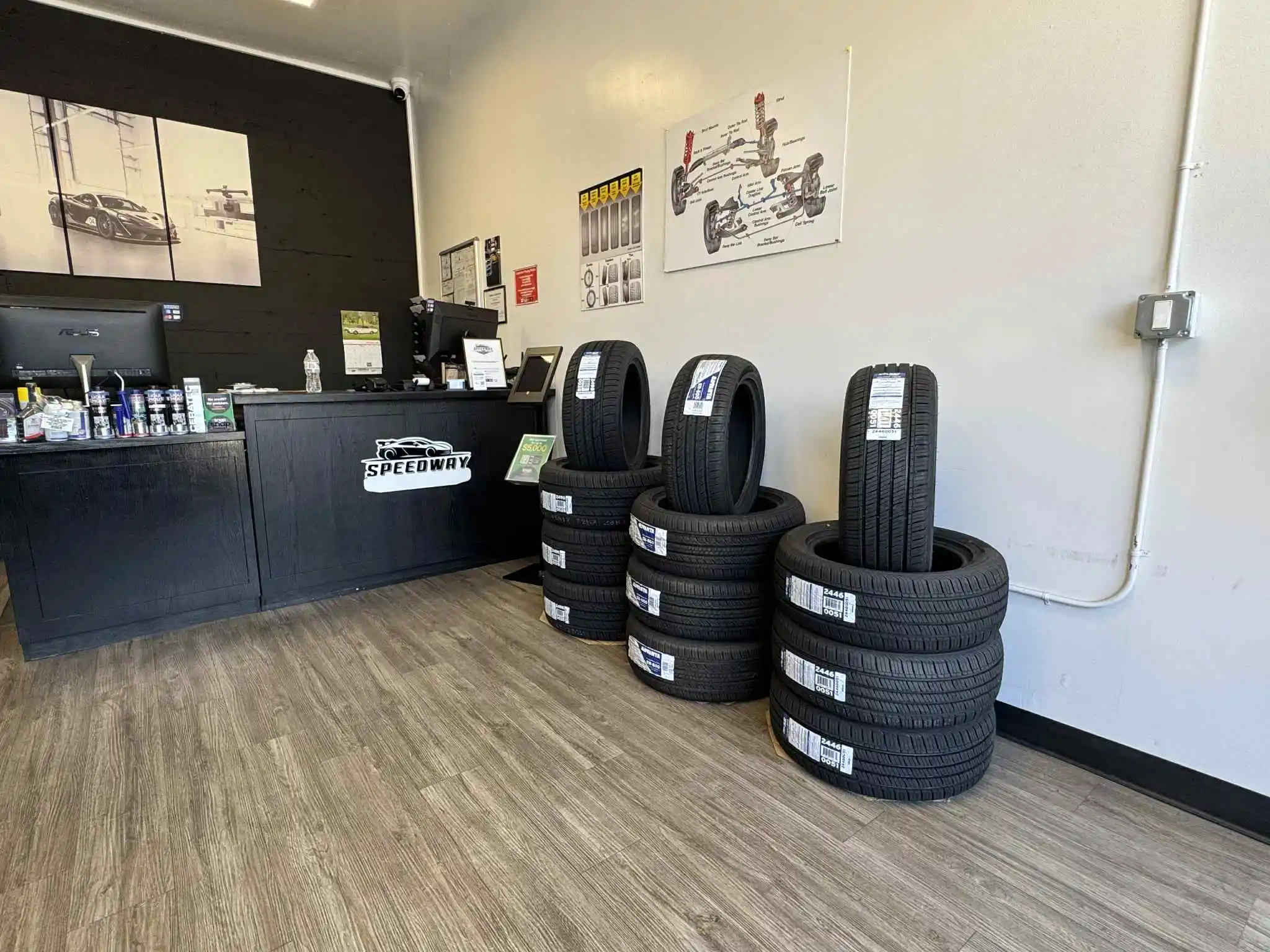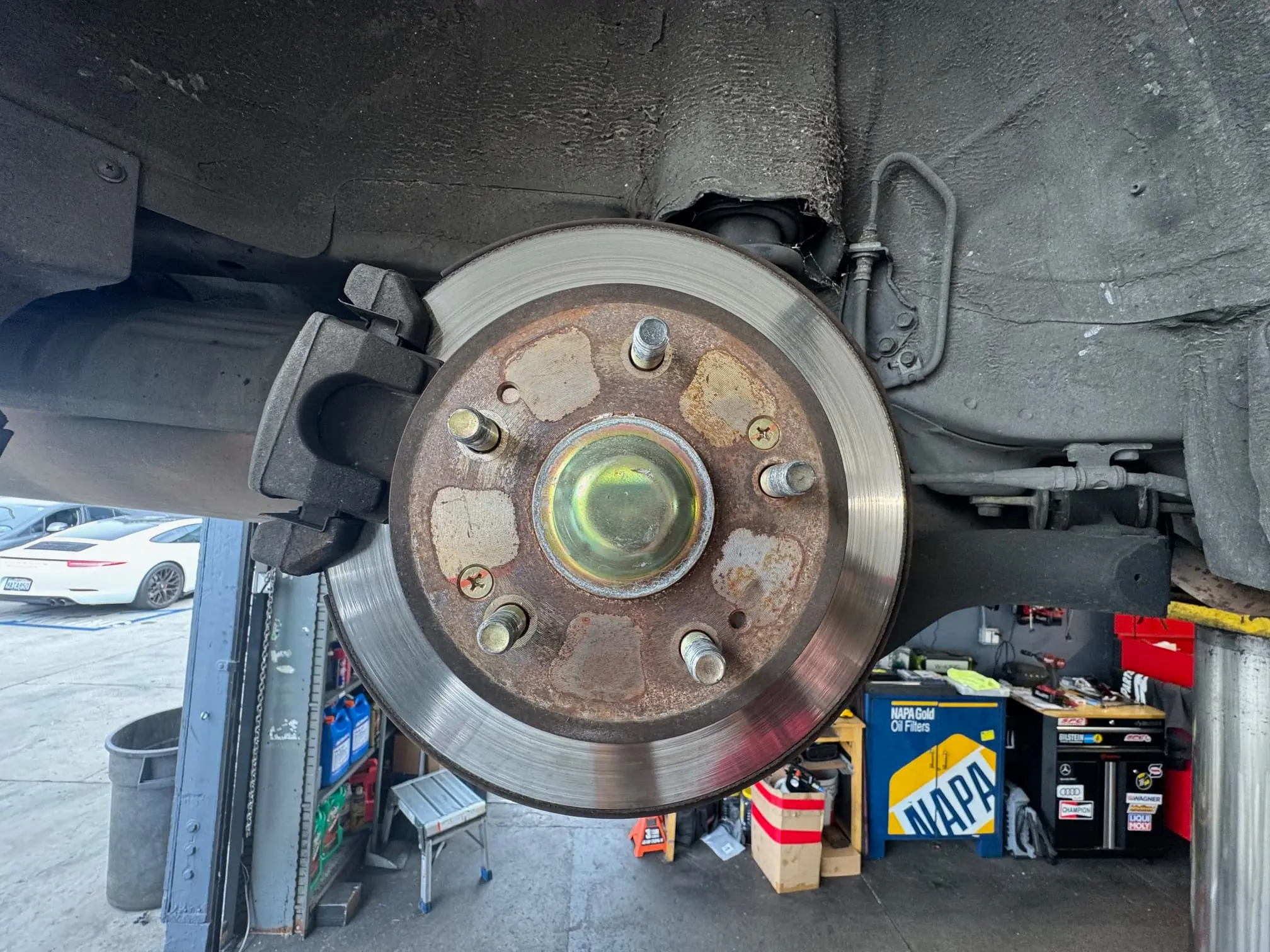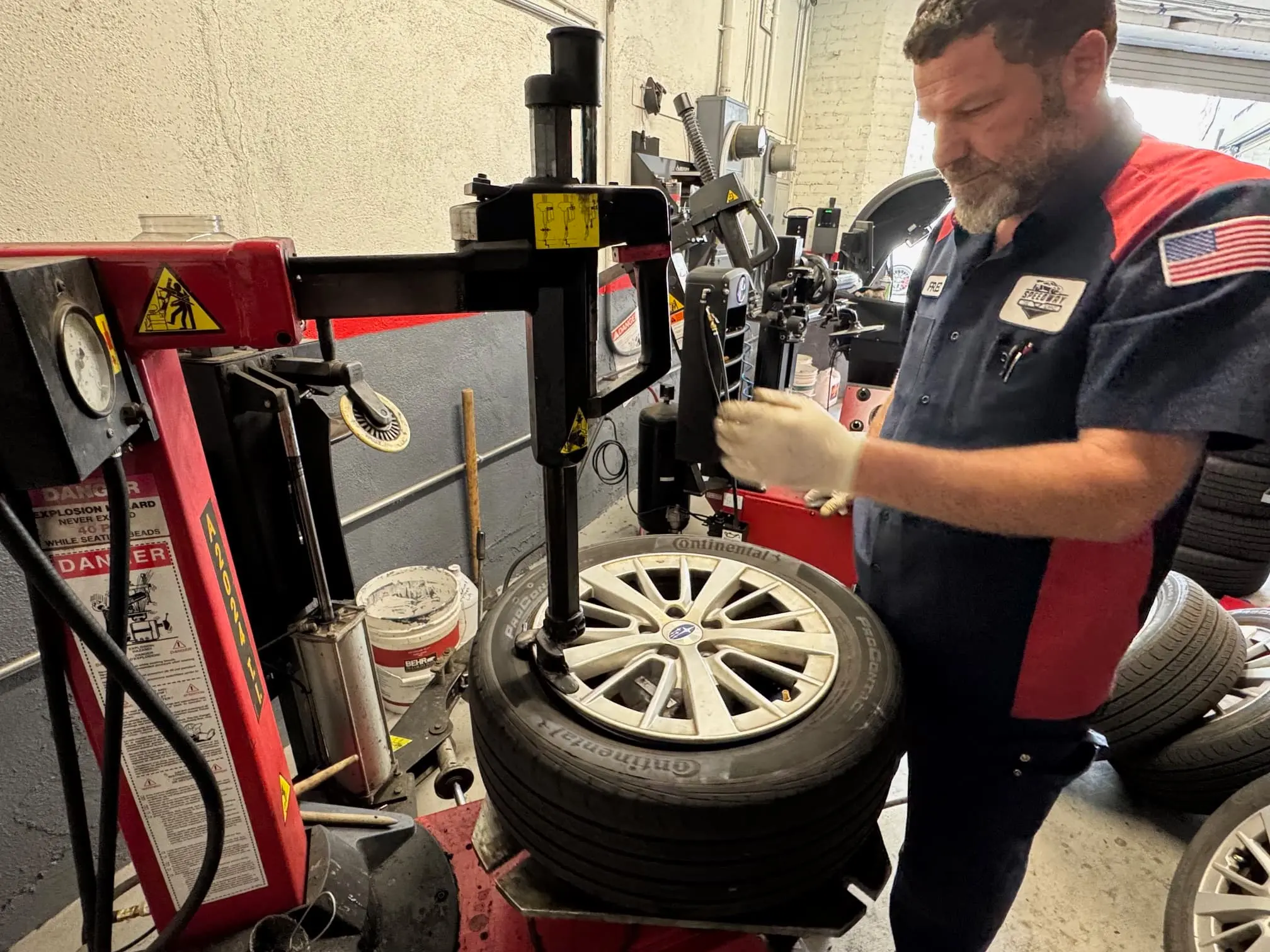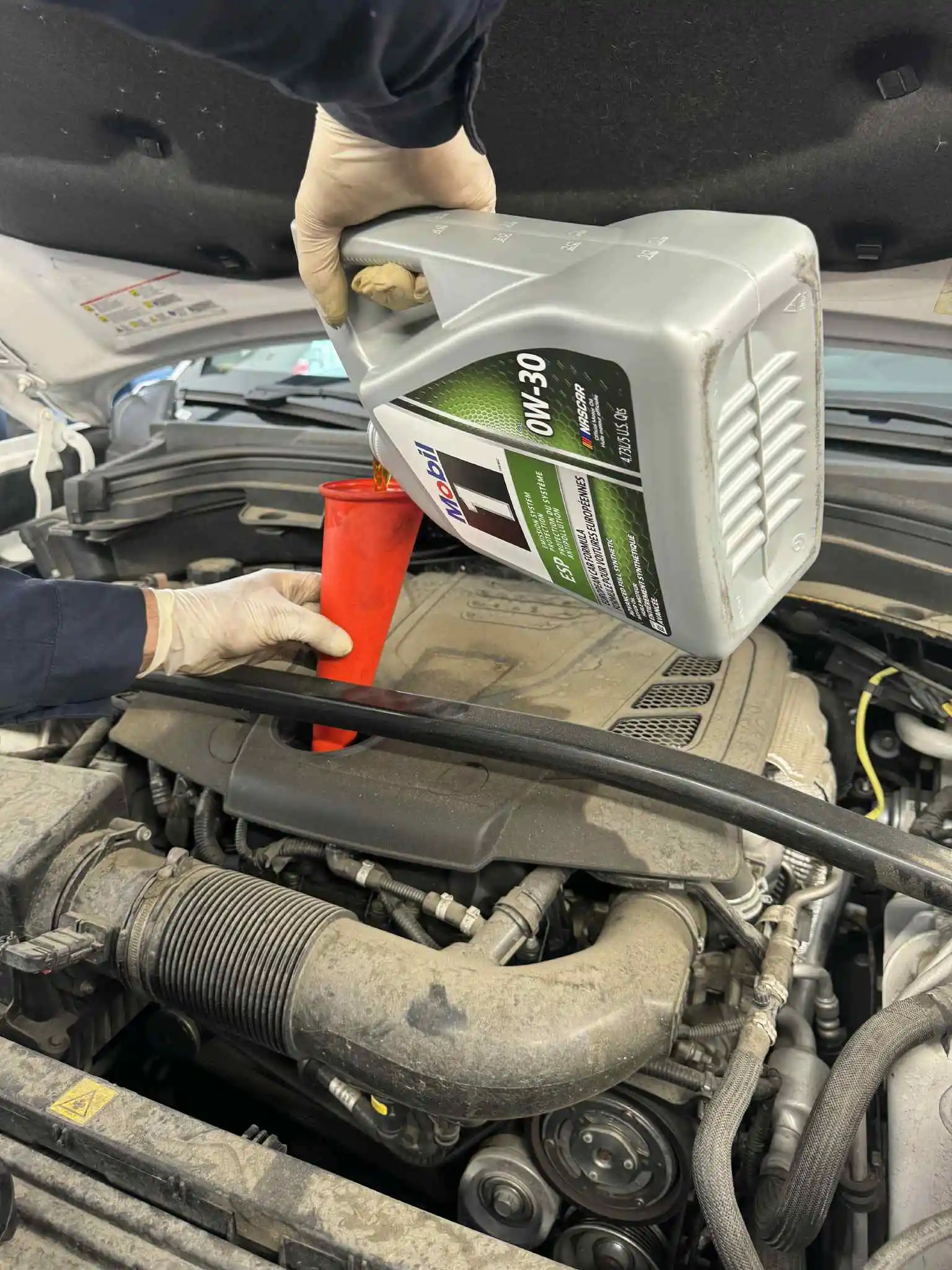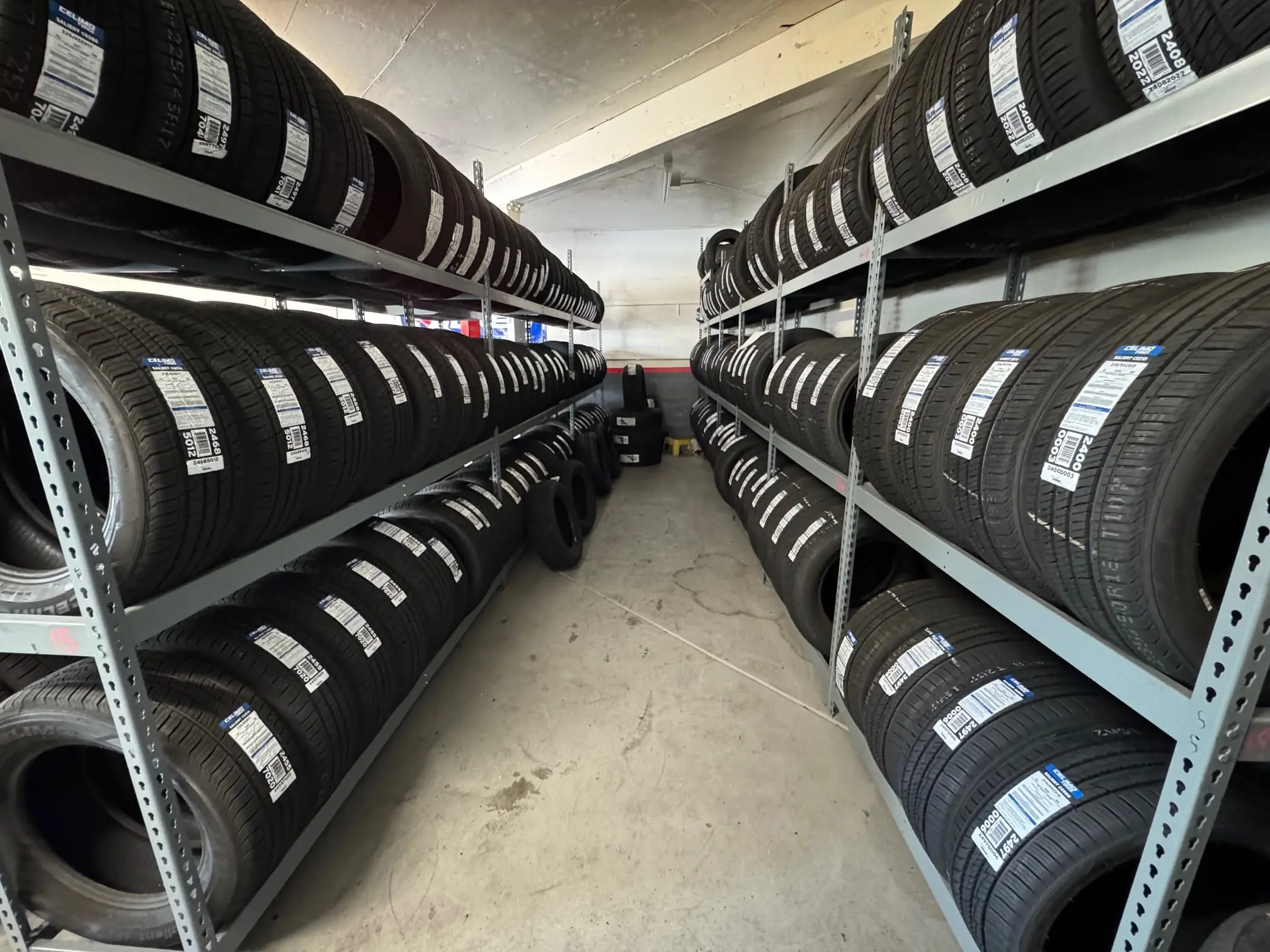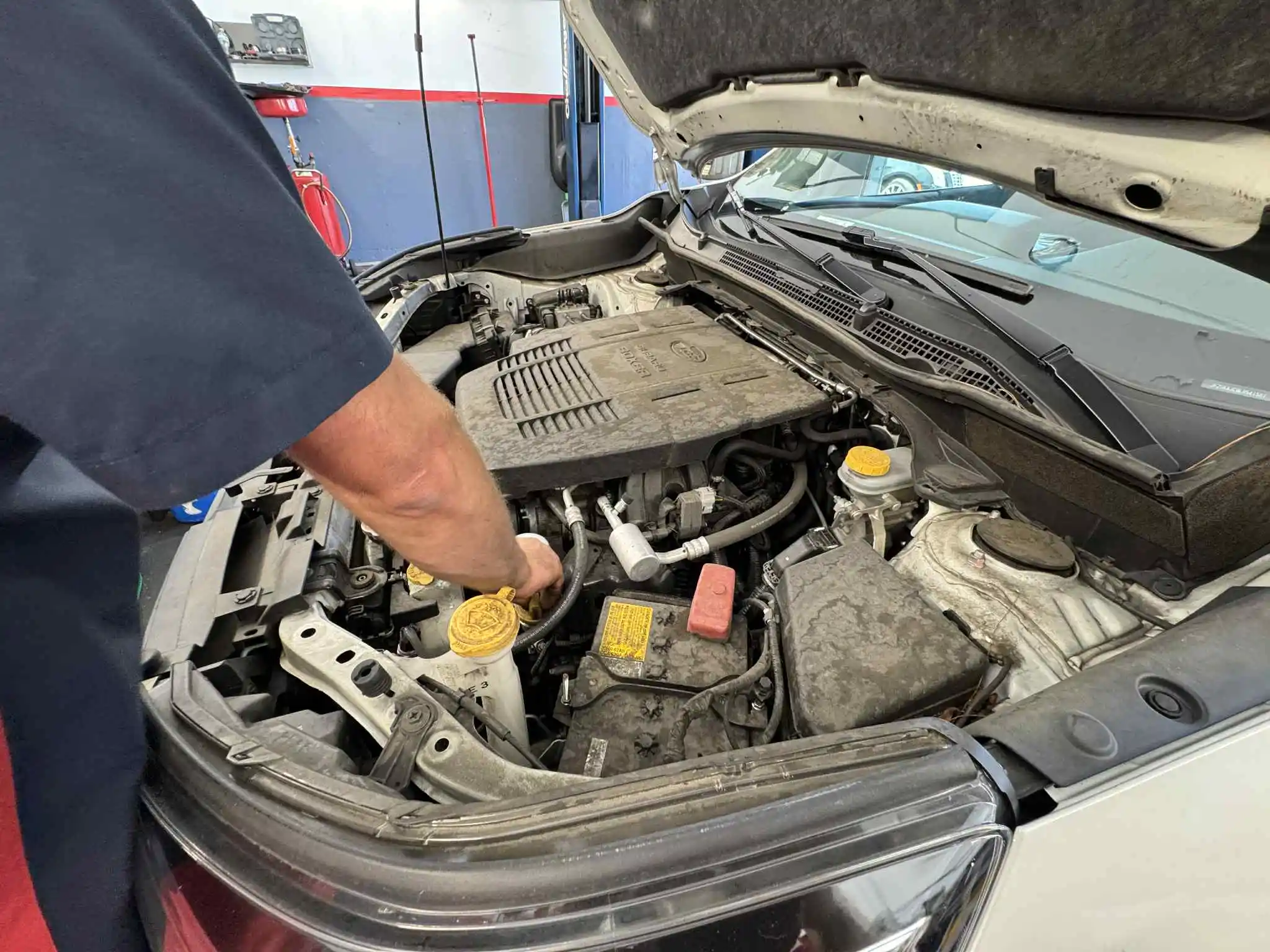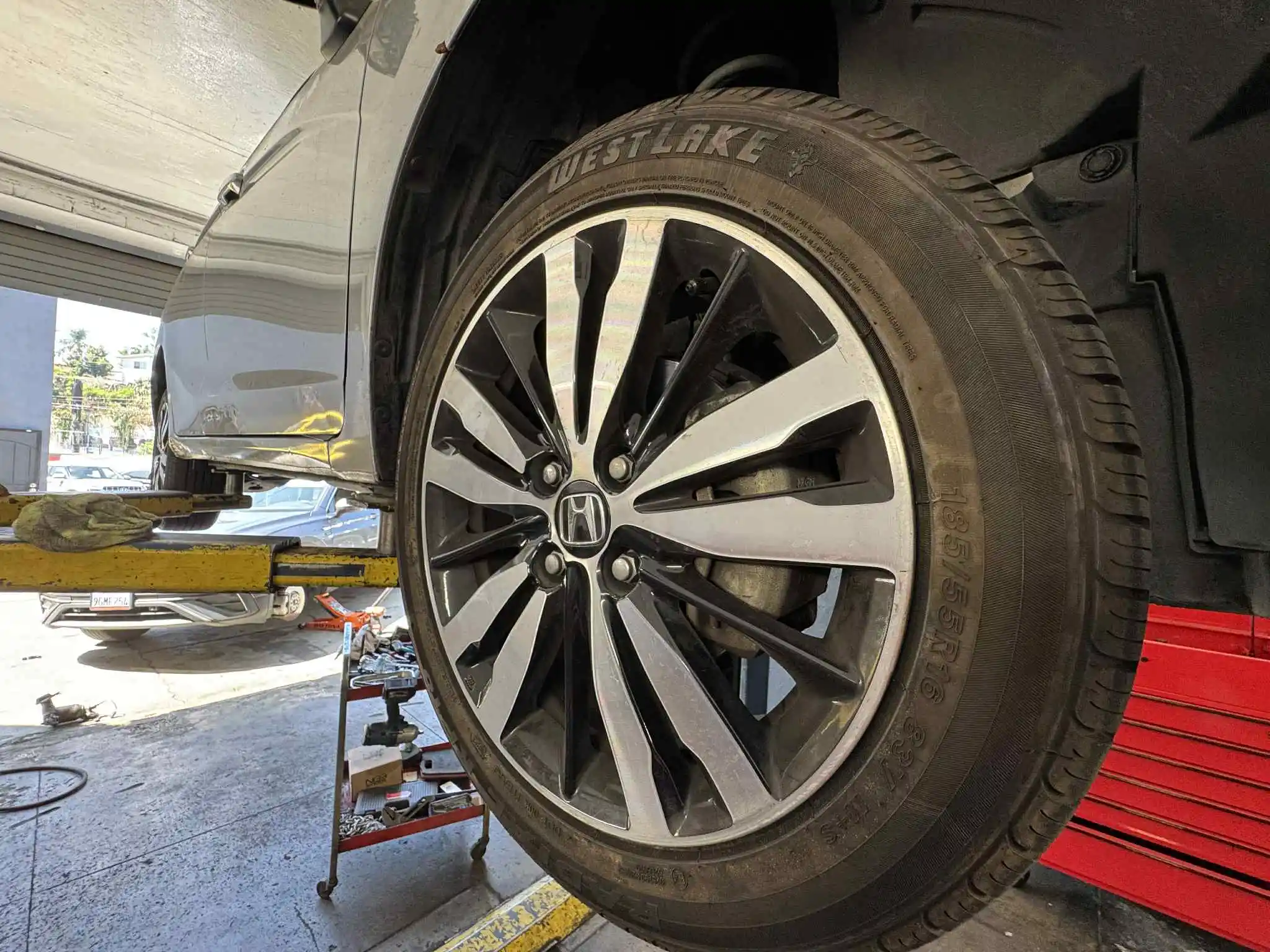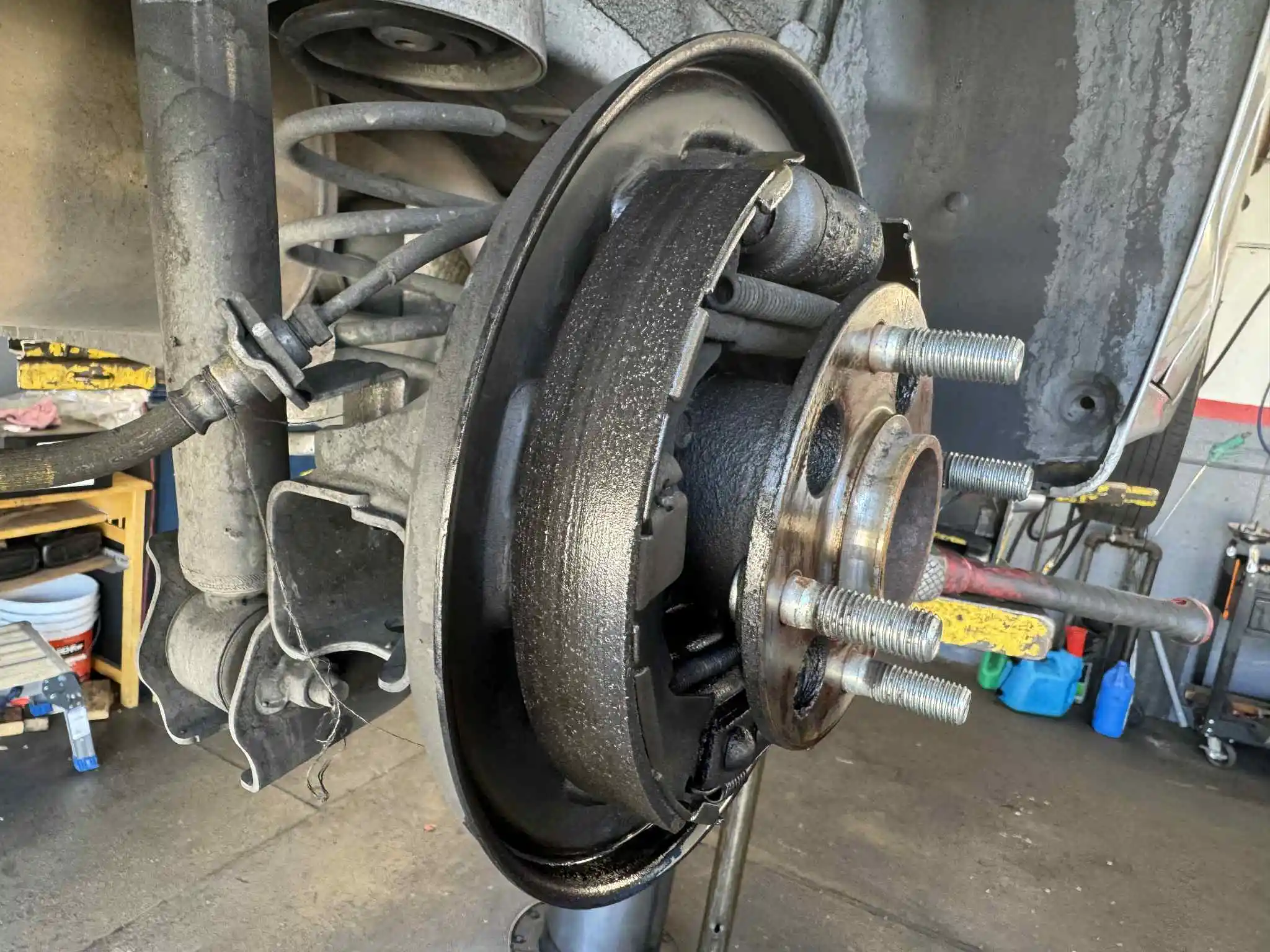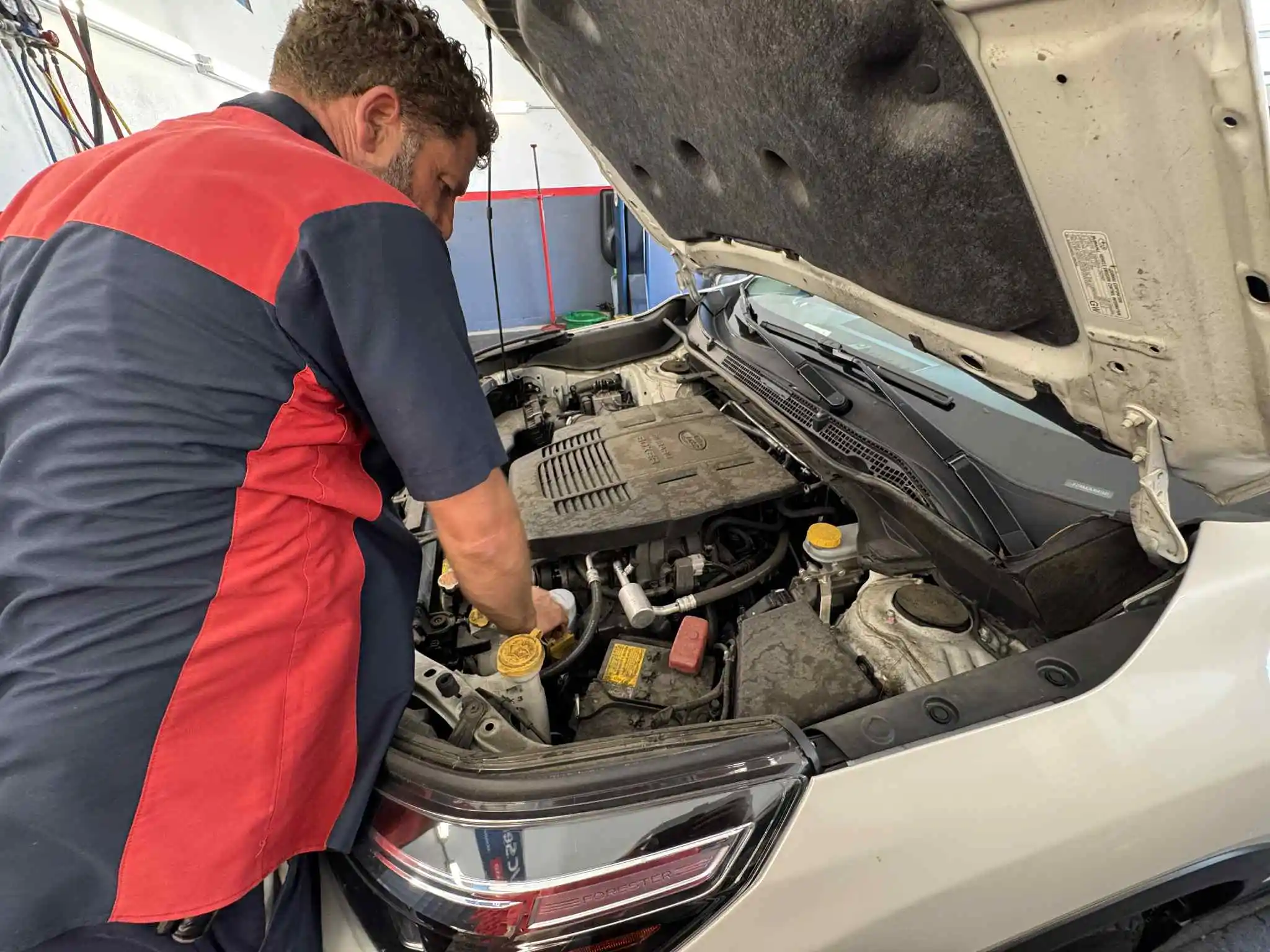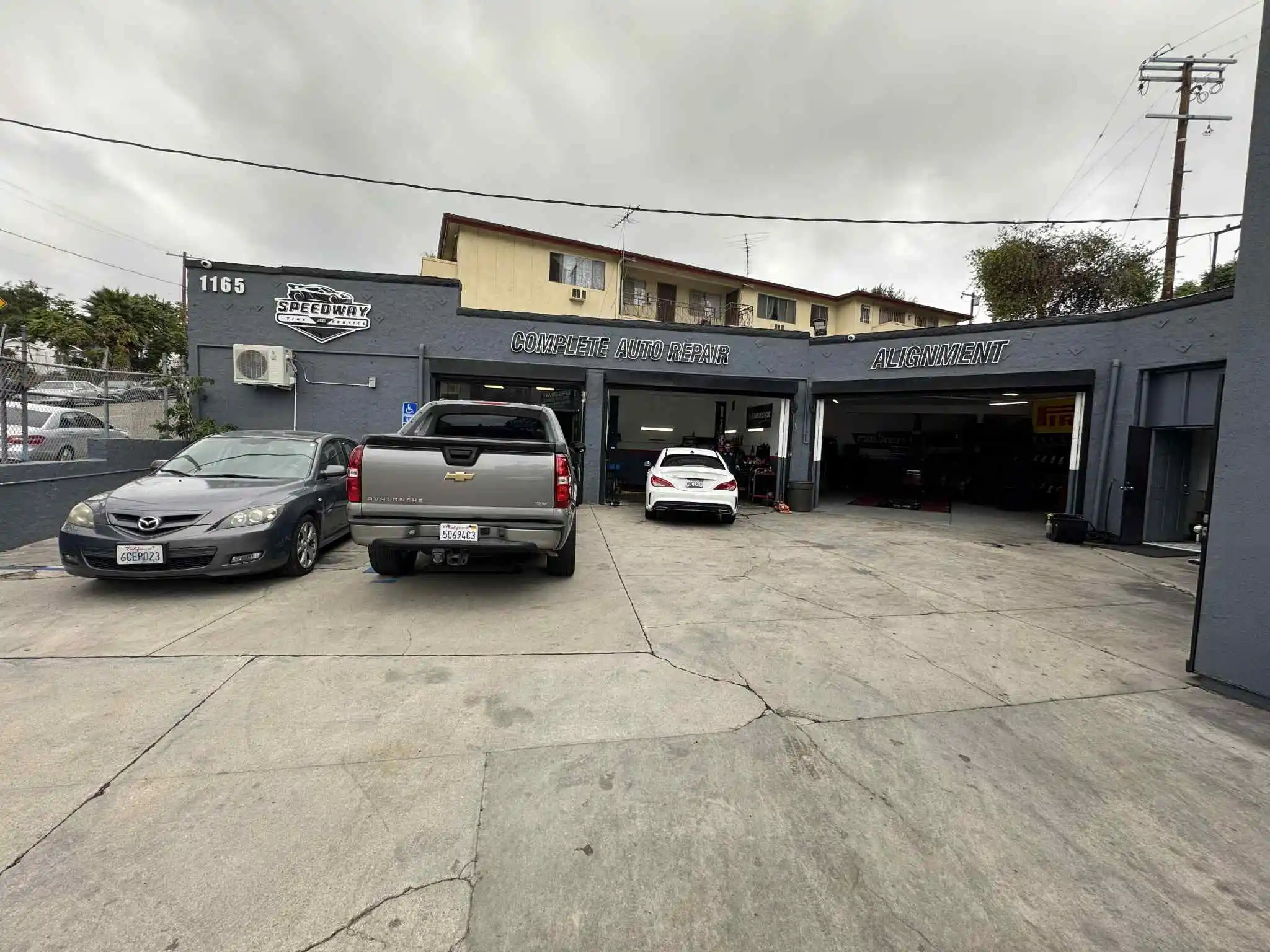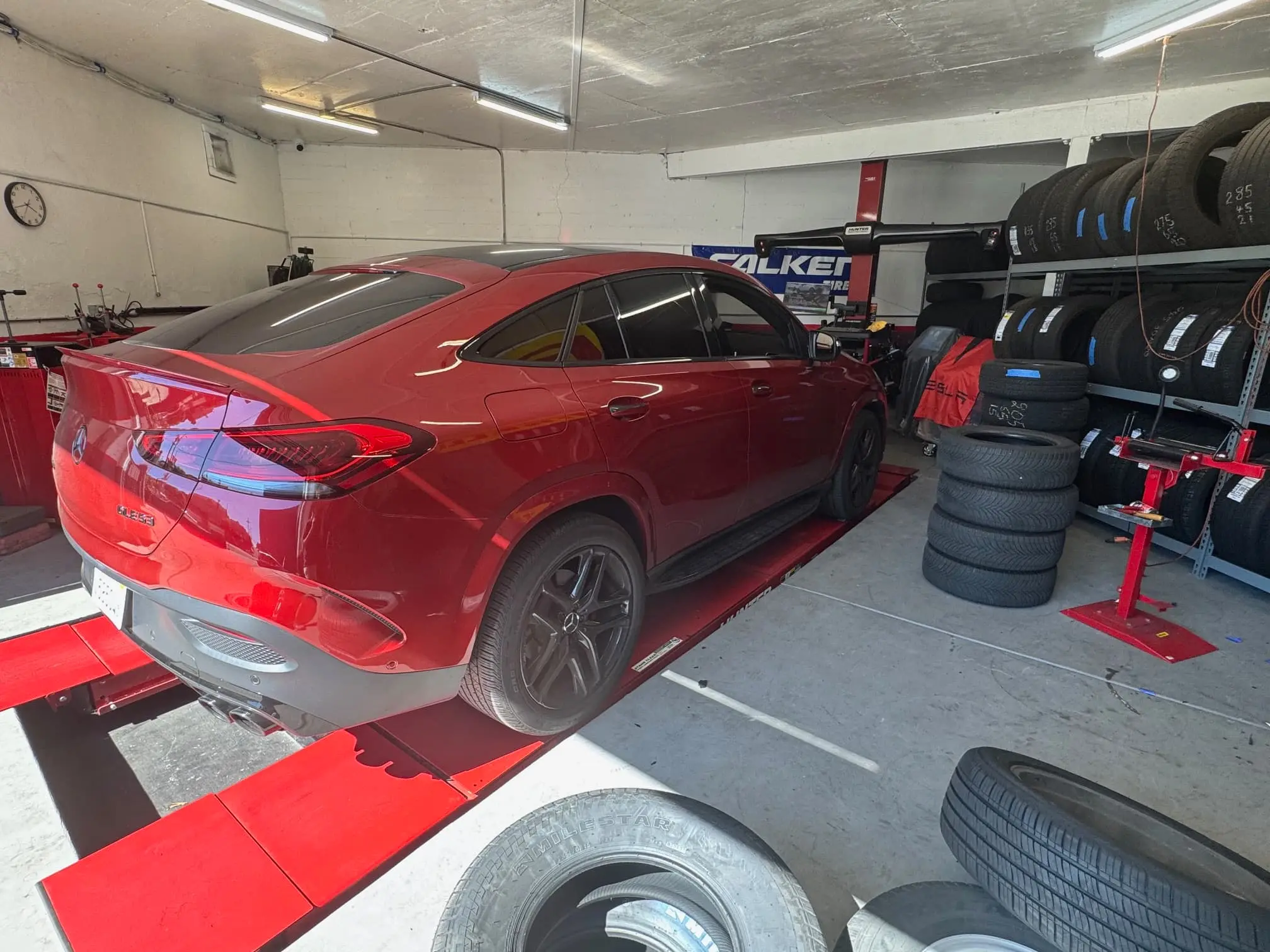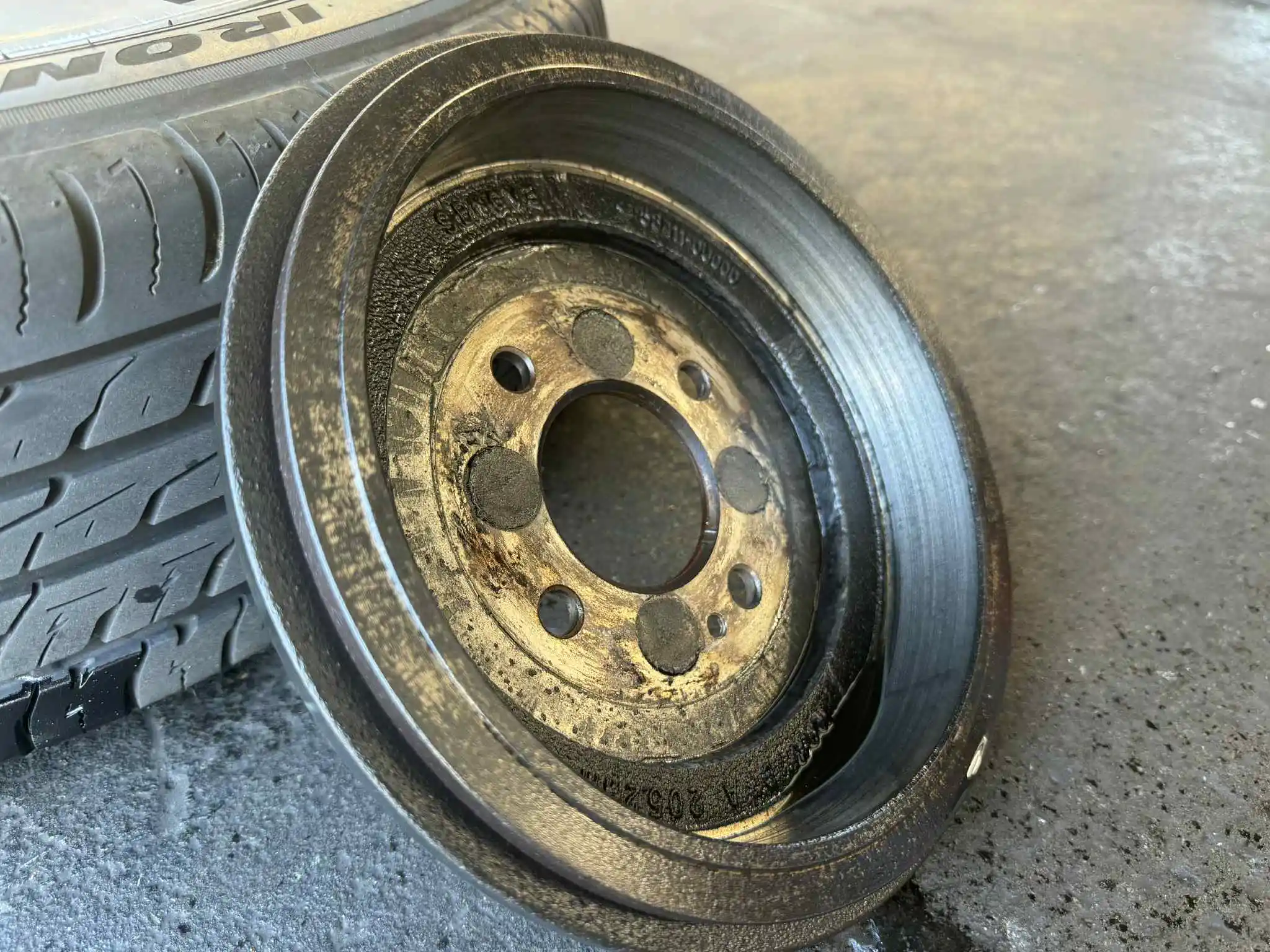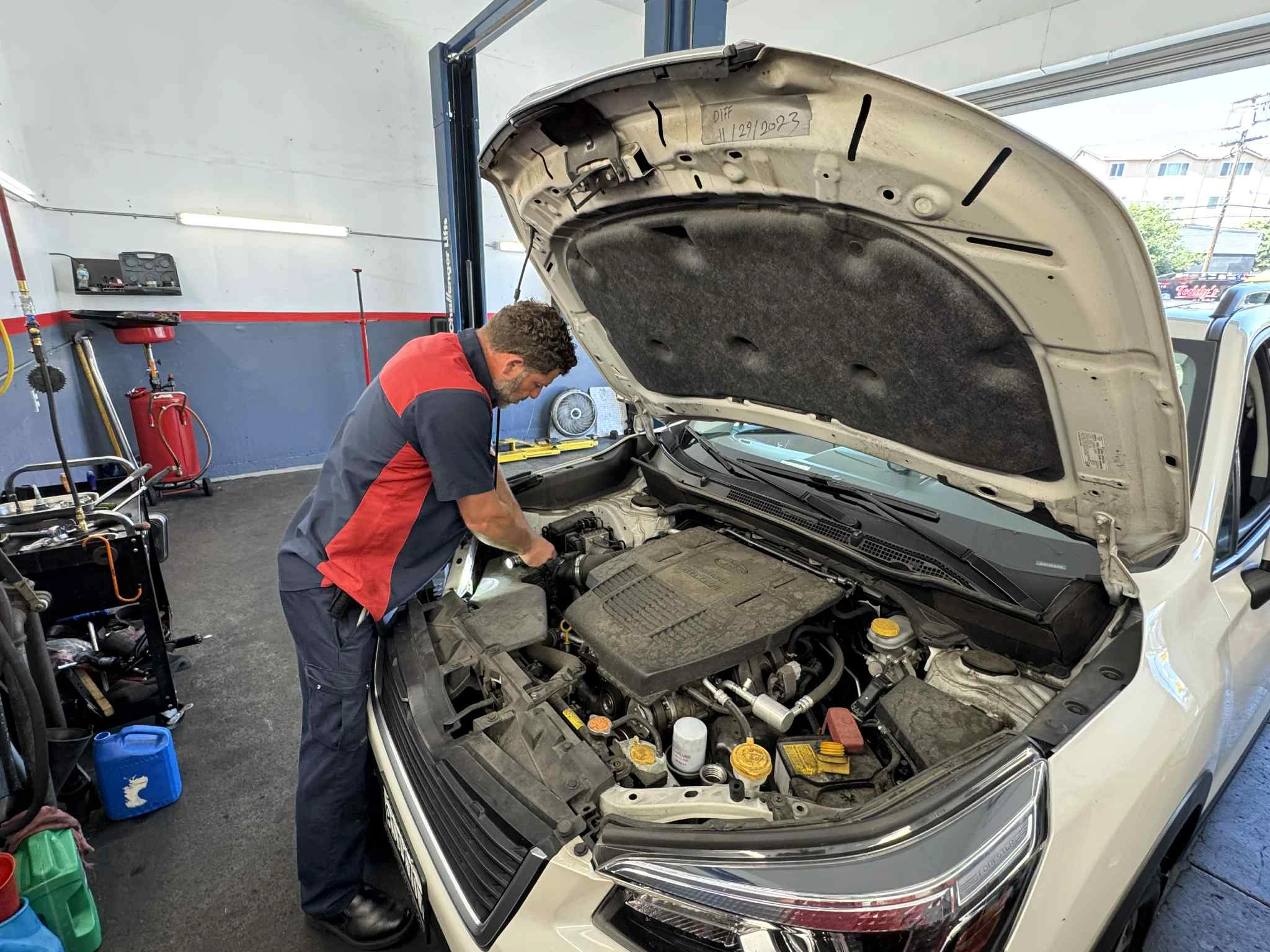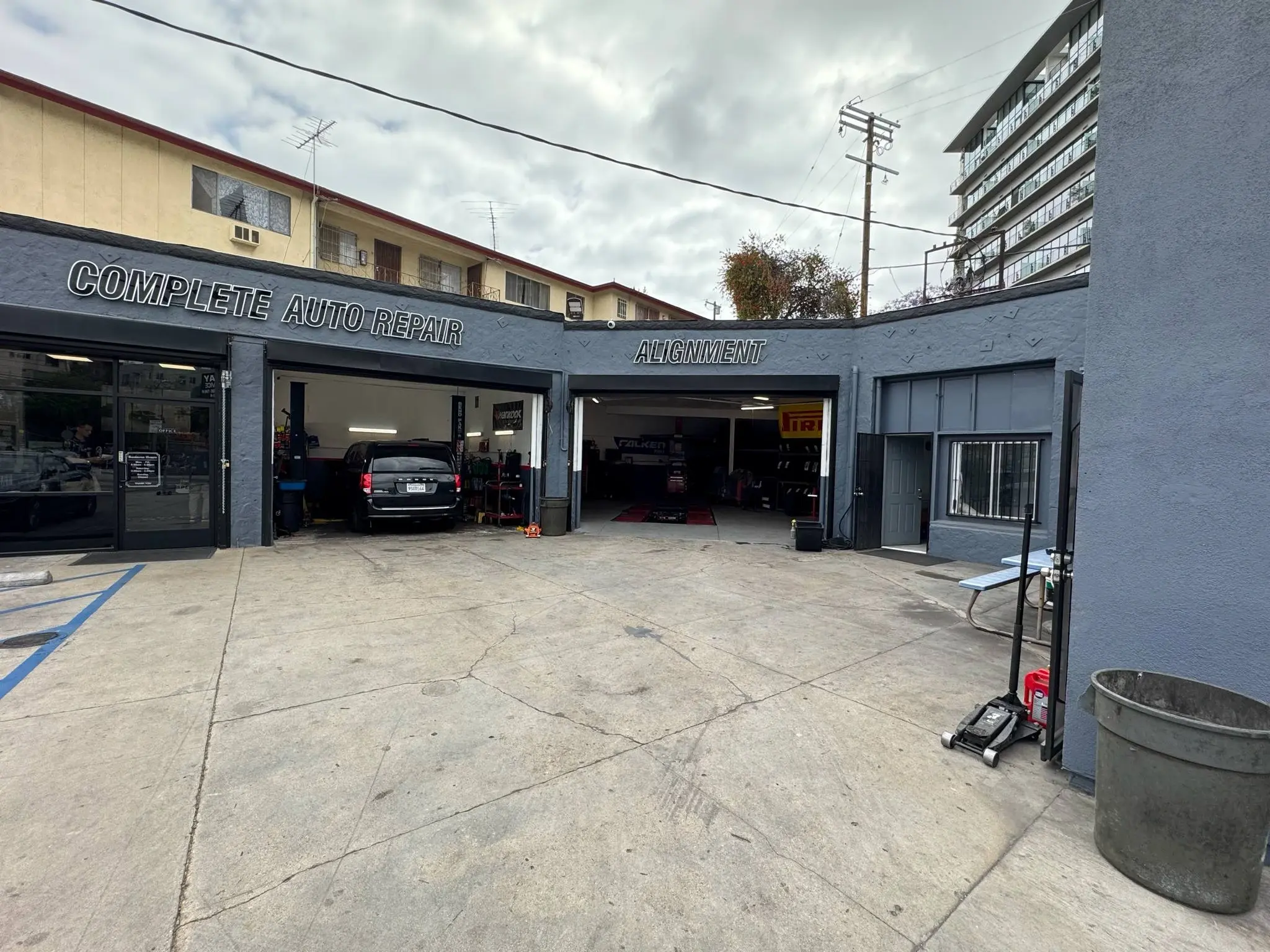Loud Exhaust or Ticking Noise? Exhaust Leak Signs for Echo Park Drivers
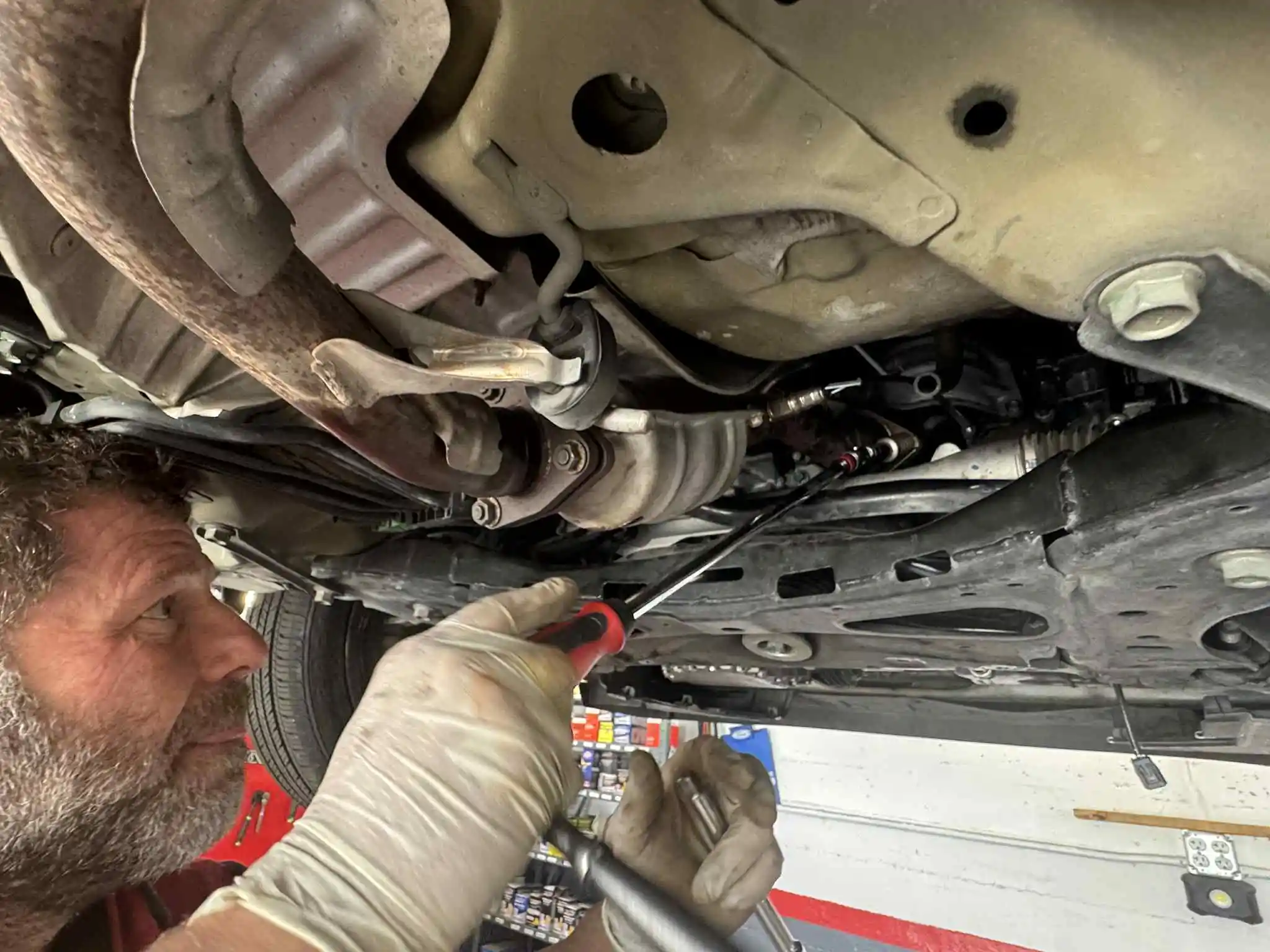
You're driving through Echo Park, windows down, enjoying the California weather, when you notice something odd. Your car sounds louder than usual—not the aggressive rumble of a performance exhaust, but a raspy, unpleasant noise that seems to come from underneath. Or maybe you hear a rhythmic ticking sound from the engine bay that gets faster as you accelerate.
These aren't just annoying sounds you can ignore. They're warning signs of an exhaust leak, and what might seem like a minor nuisance is actually a serious safety hazard that requires immediate attention. Understanding exhaust leak symptoms could literally save your life or the lives of your passengers.
For Echo Park drivers navigating hilly streets, sitting in traffic, or making short trips around the neighborhood, exhaust leaks pose unique dangers that many people don't fully appreciate. Let's explore what causes exhaust leaks, how to recognize them, and why addressing them quickly is critical.
What Your Exhaust System Does (And Why Leaks Are Dangerous)
Your vehicle's exhaust system serves several critical functions. It routes toxic gases away from the passenger cabin, reduces engine noise, improves engine performance, and reduces harmful emissions. The system includes the exhaust manifold (which collects gases from the engine), catalytic converter (which reduces pollutants), muffler (which reduces noise), and various pipes connecting these components.
When any part of this system develops a leak, several problems occur simultaneously. First, toxic gases that should be routed safely away from your vehicle can instead enter the passenger cabin. Second, the leak disrupts the carefully engineered exhaust flow, reducing engine performance and fuel economy. Third, the leak creates noise that can mask other mechanical problems and violate noise ordinances.
If you're experiencing any unusual symptoms with your vehicle, our team at Speedway Tire & Service can perform a comprehensive diagnostic inspection to identify the root cause.
But the most serious concern is the first one: toxic gas exposure. Your exhaust contains carbon monoxide (CO), a colorless, odorless, tasteless gas that is highly toxic to humans. Even small amounts can cause serious health problems, and prolonged exposure can be fatal.
The Silent Killer: Carbon Monoxide Danger
Carbon monoxide danger from vehicle exhaust leaks is not theoretical—it's a documented cause of illness and death. According to the Centers for Disease Control and Prevention (CDC), carbon monoxide poisoning sends thousands of people to emergency rooms each year, and vehicle exhaust is a significant source.
How CO Enters Your Vehicle
You might wonder how exhaust gases get inside your car when the exhaust pipe exits at the rear. There are several pathways:
Ventilation System: When your heater or air conditioner draws outside air, it can pull exhaust gases from under the vehicle into the cabin, especially if there's a leak near the front of the exhaust system.
Pressure Differential: As your vehicle moves, air pressure under the car can push exhaust gases up through any openings in the floor or firewall.
Stationary Idling: When your car is parked and idling, exhaust gases can accumulate around the vehicle. If you're sitting in the car with windows closed and the heater running, those gases can be drawn into the cabin.
Tailgating or Traffic: In heavy traffic or when following another vehicle closely, you can inhale exhaust from the vehicle ahead, compounding any exposure from your own leak.
Symptoms of CO Exposure
Carbon monoxide poisoning symptoms are often mistaken for other conditions, which makes them particularly dangerous. Early symptoms include:
- Headache
- Dizziness
- Weakness
- Nausea
- Vomiting
- Chest pain
- Confusion
At higher concentrations or with prolonged exposure, symptoms progress to:
- Impaired judgment and coordination
- Loss of consciousness
- Death
The insidious nature of CO poisoning is that you may not realize what's happening until you're already impaired. You might feel tired and pull over to rest, not realizing that continuing to sit in your running vehicle is making the problem worse.
For Echo Park drivers making short trips around the neighborhood, the danger is particularly acute. You might not notice mild symptoms during a five-minute drive, but repeated exposure over days or weeks can cause chronic health problems.
Common Exhaust Leak Symptoms
Recognizing exhaust leak symptoms early allows you to address the problem before it becomes a serious health or safety hazard. Here are the most common signs:
1. Unusual Noises
Ticking or Tapping: A rhythmic ticking sound from the engine bay that increases in frequency as you accelerate is one of the most common signs of a manifold crack. The sound is caused by exhaust gases escaping through the crack with each exhaust pulse. It's often most noticeable during cold starts and may diminish slightly as the engine warms and metal expands.
Loud or Raspy Exhaust: If your car suddenly sounds like a muscle car or motorcycle but you haven't modified the exhaust, you likely have a leak. A muffler hole or a broken exhaust pipe will dramatically increase exhaust volume, creating a loud, unpleasant sound.
Hissing or Popping: These sounds indicate exhaust gases escaping under pressure, typically from a crack or hole in the exhaust manifold, header, or exhaust pipe.
2. Reduced Performance and Fuel Economy
Your exhaust system is carefully designed to create proper backpressure and exhaust flow. A leak disrupts this balance, reducing engine efficiency. You might notice:
- Decreased acceleration
- Reduced power, especially when climbing Echo Park's hills
- Lower fuel economy
- Rough idle
If your vehicle feels sluggish or you've noticed a drop in fuel economy, schedule a diagnostic appointment to have your exhaust system inspected along with other performance-related components.
3. Vibrations
Exhaust leaks can cause vibrations that you feel through the steering wheel, gas pedal, or seat. These vibrations are often most noticeable during acceleration or at specific engine speeds.
4. Burning Smell
If the exhaust leak is near the engine (such as a manifold crack), escaping hot gases can burn oil, grease, or other residue on the engine or undercarriage, creating a distinct burning smell. This smell is different from the normal exhaust odor—it's more acrid and unpleasant.
5. Visible Smoke or Soot
In some cases, you might see smoke coming from under the hood (indicating a manifold leak) or notice black soot deposits around exhaust system components, indicating gases are escaping.
6. Check Engine Light
Modern vehicles have oxygen sensors in the exhaust system that monitor exhaust composition. An exhaust leak can cause these sensors to provide incorrect readings, triggering the check engine light. If you scan the codes, you might see oxygen sensor-related codes or fuel trim codes.
If your check engine light is on, don't ignore it. Bring your vehicle in for a diagnostic scan to identify the exact issue before it leads to more expensive repairs.
7. Physical Symptoms While Driving
If you experience headaches, dizziness, nausea, or unusual fatigue while driving—especially during longer trips or when the heater is running—you may be experiencing carbon monoxide danger from an exhaust leak. This is a medical emergency. Pull over safely, turn off the vehicle, get fresh air, and seek medical attention if symptoms are severe.
Common Causes of Exhaust Leaks
Understanding what causes exhaust leaks can help you prevent them and recognize when your vehicle might be at risk.
Manifold Crack
The exhaust manifold collects exhaust gases from multiple cylinders and routes them into the exhaust system. Manifolds are subjected to extreme heat cycles—heating to over 1,000°F during operation and cooling when the engine is off. Over time, this thermal cycling causes metal fatigue.
Cast iron manifolds (common on many vehicles) are particularly prone to cracking. The cracks typically start small and grow over time. Manifold crack symptoms usually begin with a ticking sound during cold starts that may diminish as the engine warms and the metal expands, temporarily closing the crack.
Factors that accelerate manifold cracking include:
- Age and high mileage
- Rapid temperature changes (like driving through puddles when the manifold is hot)
- Corrosion from road salt or moisture
- Manufacturing defects
Muffler Hole
Mufflers are located at the rear of the exhaust system and are constantly exposed to moisture, road salt, and corrosive exhaust gases. Over time, the metal corrodes from the inside out, eventually developing holes.
A muffler hole is often the most obvious exhaust leak because it dramatically increases exhaust volume. However, because the muffler is at the rear of the vehicle, it's less likely to allow exhaust gases into the cabin compared to leaks near the front of the system.
Broken or Corroded Pipes
The pipes connecting exhaust components can corrode, develop holes, or break at connection points. This is especially common in areas with road salt, but even in LA, moisture and corrosion can cause problems over time.
Failed Gaskets
Exhaust gaskets seal the connections between exhaust components. These gaskets can deteriorate from heat and age, allowing gases to escape at connection points.
Damaged Catalytic Converter
While less common, the catalytic converter can develop cracks or holes, creating an exhaust leak. This is often accompanied by a rattling sound from loose internal components.
Why Echo Park Drivers Should Be Especially Vigilant
Echo Park's unique characteristics create conditions where exhaust leaks are both more likely to develop and more dangerous when they occur.
Hilly Terrain: Driving up and down Echo Park's hills puts additional stress on your engine and exhaust system. The increased load and heat can accelerate manifold cracking and exhaust component wear.
Short Trips: Many Echo Park residents make frequent short trips around the neighborhood. Short trips don't allow the exhaust system to fully heat up and dry out, leading to increased moisture and corrosion. Additionally, short trips with the heater running provide more opportunities for exhaust gases to enter the cabin before you notice symptoms.
Older Vehicles: Echo Park has a mix of newer and older vehicles. Older vehicles are more likely to have exhaust system components that are worn, corroded, or cracked.
Street Parking: Vehicles parked on the street are exposed to more moisture from rain and morning dew, accelerating exhaust system corrosion.
Traffic Congestion: Sitting in traffic on Sunset Boulevard or Alvarado Street means extended periods of idling, during which exhaust gases can accumulate around your vehicle and potentially enter the cabin through a leak.
Regular maintenance is especially important for Echo Park vehicles. Contact us to set up a preventive maintenance schedule that includes exhaust system inspections.
What to Do If You Suspect an Exhaust Leak
If you notice any exhaust leak symptoms, take these steps immediately:
Don't Ignore It: An exhaust leak is not a problem that will fix itself or can wait until your next scheduled maintenance. It will only get worse, and the carbon monoxide danger is real.
Minimize Driving: Limit your driving until you can have the vehicle inspected and repaired. If you must drive, keep windows partially open to ensure fresh air circulation, and avoid using the recirculation setting on your climate control.
Avoid Idling in Enclosed Spaces: Never idle your vehicle in a garage, even with the door open. The concentration of CO can quickly reach dangerous levels.
Get Professional Inspection: Have a qualified technician inspect your exhaust system. They can identify the source of the leak and recommend appropriate repairs. Our experienced technicians use specialized equipment to pinpoint exhaust leaks and assess their severity.
Don't Attempt DIY Repairs on Safety-Critical Components: While some automotive repairs are suitable for DIY, exhaust leaks—especially those near the engine—should be repaired by professionals. Improper repairs can make the problem worse and increase safety risks.
Exhaust Leak Repair Options
The appropriate repair depends on the location and severity of the leak:
Manifold Crack Repair: Cracked manifolds typically require replacement. While some cracks can be temporarily repaired with specialized welding, replacement is the most reliable long-term solution. Aftermarket manifolds are often more affordable than OEM parts and may be made from more durable materials.
Muffler Replacement: A muffler hole usually requires muffler replacement. While small holes can sometimes be patched, the corrosion that caused the hole typically indicates the entire muffler is deteriorating and will soon develop additional problems.
Pipe Repair or Replacement: Damaged exhaust pipes can often be cut out and replaced with new sections. This is typically a straightforward and affordable repair.
Gasket Replacement: Failed gaskets are replaced during any exhaust component service. This is an inexpensive part but requires labor to access and replace.
Complete Exhaust System Replacement: In some cases, especially on older vehicles with multiple exhaust problems, replacing the entire exhaust system from the manifold back may be the most cost-effective solution.
Prevention: Extending Exhaust System Life
While exhaust components will eventually wear out, you can extend their life with proper care:
Regular Inspections: Have your exhaust system visually inspected during oil changes or other routine maintenance. Catching small problems early prevents them from becoming major issues. At Speedway, we include a complimentary visual exhaust inspection with every service appointment.
Avoid Puddles When Engine Is Hot: Driving through deep puddles or car washes immediately after hard driving can cause rapid cooling of hot exhaust components, increasing the risk of cracking.
Address Check Engine Lights Promptly: Exhaust-related check engine lights often indicate problems that, if left unaddressed, can cause additional damage. Call us at (213) 250-4254 if your check engine light comes on—we offer same-day diagnostic services.
Fix Rust Early: If you notice surface rust on exhaust components, consider having them treated or replaced before the rust causes holes or structural failure.
Don't Take Chances with Exhaust Leaks
An exhaust leak is never "just a noise problem." It's a safety issue that can affect your health, your vehicle's performance, and even your life. The carbon monoxide danger alone makes exhaust leaks one of the most serious automotive problems you can face.
At Speedway Tire & Service, we take exhaust leaks seriously. Our experienced technicians can quickly diagnose the source of exhaust leaks, explain your repair options, and perform quality repairs using durable components that will last.
If you've noticed any exhaust leak symptoms—unusual noises, reduced performance, burning smells, or physical symptoms while driving—don't wait. Visit us at 1165 West Sunset Blvd, conveniently located to serve Echo Park, Silver Lake, and Downtown LA, or call us at (213) 250-4254 to schedule an inspection.
We offer comprehensive auto repair services for all makes and models, and we're committed to keeping you safe on the road. Exhaust system repairs are typically completed the same day, getting you back on the road safely and quickly.
Your safety and the safety of your passengers is too important to ignore. If you suspect an exhaust leak, let us inspect your vehicle today. The peace of mind is worth it.
Looking for an honest Auto Repair Shop in Los Angeles? Call Speedway Tire and Service Today
Whether you’re driving through LA traffic or cruising the freeways, your car deserves expert care. Located in Los Angeles, Speedway Tire and Service offers reliable oil changes, brake repairs, tire services, and more—all backed by experienced technicians and honest pricing.

